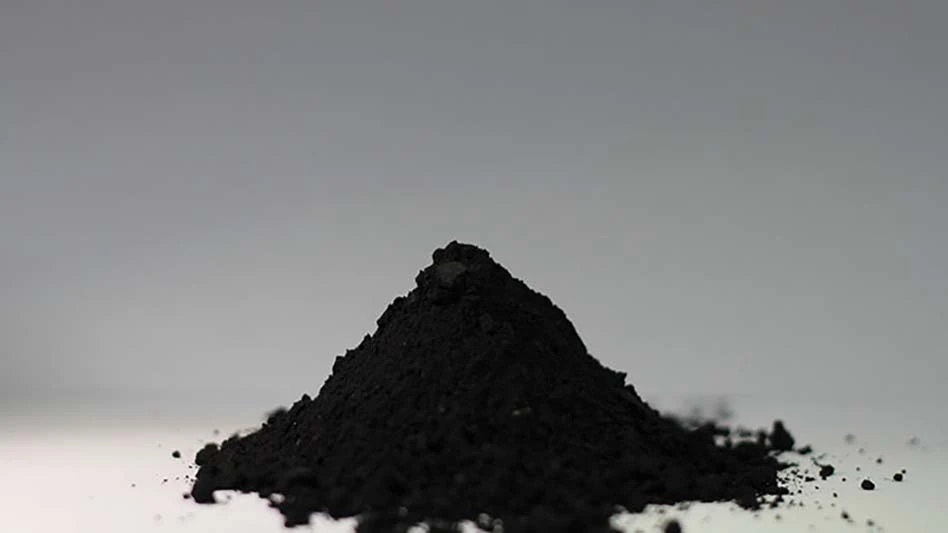
Photo provided by Adobe Stock
GLC Recycle, a Singapore-based operator of a recycling facility in Laos, has agreed to supply China-based XTC New Energy with 10,000 metric tons of lithium carbonate over a three-year span.
Calling XTC New Energy “a leading Chinese manufacturer of new energy materials,” GLC Recycle says the arrangement will promote closed-loop recycling and utilization of battery resources.
GLC Recycle uses artificial intelligence- (AI-) powered technology to recycle used batteries and electronic scrap to produce “traceable low-carbon eco-battery raw materials.”
“This partnership is a significant step forward in our mission to create a more sustainable battery ecosystem,” GLC Recycle CEO Yang Mingdong says. “By combining our expertise in recycling with XTC New Energy’s manufacturing capabilities, we can offer customers truly green battery solutions while contributing to China’s carbon neutrality goals.”
Via the arrangement, XTC New Energy will have the opportunity to purchase at least 10,000 metric tons of crude lithium carbonate produced by GLC from used battery recycling over the next three years.
“We are excited to partner with GLC Recycle and leverage our respective strengths to build a more circular and responsible battery supply chain," XTC New Energy Chair Yang Jinhong says. "This collaboration not only benefits the environment but also strengthens our position as a leading provider of sustainable new energy materials.”
XTC New Energy's business focuses on the research and development, production and sale of cathode materials for lithium-ion batteries. The company has operations in China, Australia and Chile.
GLC Recycle, founded in 2022, operates a processing facility in Laos that can produce 4,500 metric tons per year of recycled-content lithium carbonate plus 24,000 metric tons per year of recycled-content nickel and cobalt hydroxide.
Get curated news on YOUR industry.
Enter your email to receive our newsletters.
Latest from Recycling Today
- Reworld partners with Mystic Aquarium
- BIR calls for fair standards, circular solutions in defining ‘green steel’
- LME reports active Q2
- Liberty Steel assets facing financing deadlines
- Sims is part of Australian recycling loop
- Tariffs target steel exporters Brazil, Canada and South Korea
- Buy Scrap Software to showcase its software at Scrap Expo in September
- LG details recycling activities






